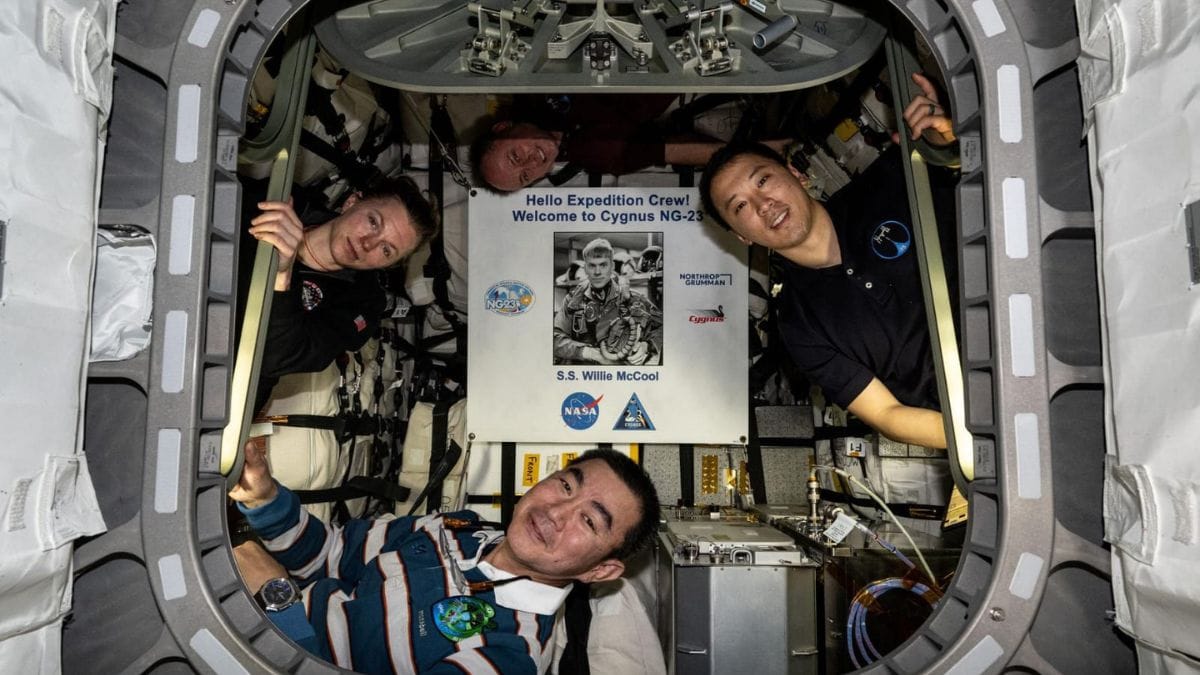Aboard the International Space Station, the Expedition 73 Crew commenced the week with the Science hardware in focus. The crew then configured foam and material physics research gear. Significantly, they further installed a space technology demonstration to obtain the broader aspects. Also, the blood circulation studies became a part of the agenda, wherein the crew analyzed the perspectives. Lastly, they summed up the day by exploring the technicalities of the cargo operations. The crew began the week with some major configurations.
Exploring the Modules and Understanding Configurations
According to NASA, Mike Fincke and Jonny Kim, the Flight Engineers, gathered the essential hardware, swapped the power cables, and installed the foam Corsening shapes within the Fluid Science Laboratory. This investigation will explore the changes in foam over microgravity and how it will impact the food industries, both on Earth and in space.
Tranquility Module
Commenced by Mike Fincke, he then installed the Voyager Flytrap tech demo within the NanoRacks Bishop airlock to test an inflatable capture bag that could potentially be deployed in Moon and Mars missions, to capture orbital debris, collect samples, and promote space mining techniques on small asteroids. Soon after Fincke, Kim underwent NanoRacks airlock operations to configure Bishop for the Flytrap experiment.
Kibo Laboratory Module
Kimiya Yui, Flight Engineer, YAXA, then commenced his configuration in the Kibo Laboratory Module, wherein he worked on the Electrostatic Levitation Furnace by swapping hardware and configuring cables. Post that, he underwent the Harmony Module, where he installed a power supply to examine the techniques for the removal of humidity from the spacecraft.
Lastly, Station Commander Sergey Ryzhikov and Flight Engineer Alexey Zubritsky experimented with wearing cuffs that measure the blood circulation of the astronauts through arms, wrists, and fingers for the Roscosmos circulatory system investigation. Further, other modules like Poisk, Zvezda service, and Nauka science were inspected.

Comments
Post a Comment